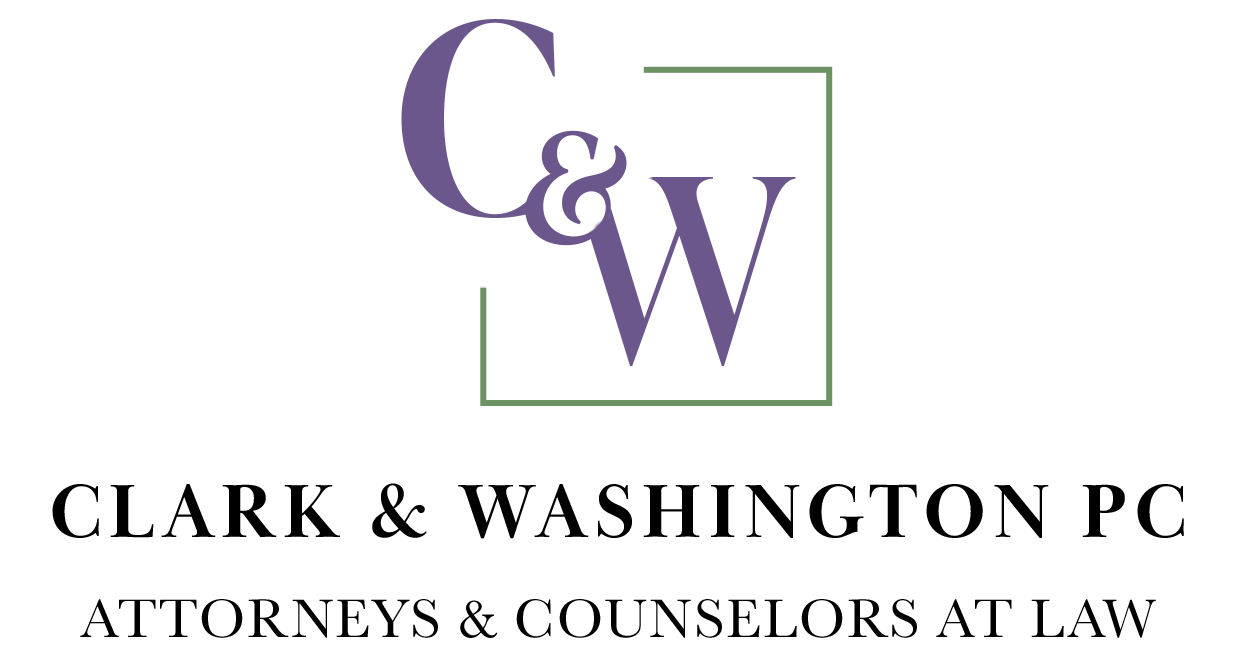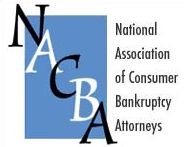What Time of Year Do People Most File for Chapter 7 or Chapter 13 Bankruptcy?
People who are in dire financial strain file for bankruptcy throughout the calendar year, but trends in filings show that filing becomes more common this time of year. If you’re facing a Chapter 7 or Chapter 13 bankruptcy right now, know that there are many other people in similar situations.
What Are Chapter 7 and Chapter 13 Bankruptcies?
The legal system allows for several different bankruptcies, of which the two most common are Chapter 7 and Chapter 13:
- Chapter 7 discharges all eligible unsecured debts, such as medical debt, personal loans and credit card balances. It doesn’t discharge student loans, tax liens or certain other debts. Secured assets, including houses and vehicles, aren’t protected from foreclosure/repossession. Individuals and businesses can file if they financially qualify (and most individuals qualify).
- Chapter 13 creates a structured repayment plan, in which portions of debts are repaid and any remaining balances discharged. The payment plan is set up by the court, and it usually takes three to five years. Most debts can be included in the plan, including secured debts — so houses and vehicles can be protected. Individuals and sole proprietors only can use this option.
Most individuals who don’t have substantial assets and limited income choose Chapter 7. Those with more significant assets may find that Chapter 13 is better for them.
When Do People Most Often File for Bankruptcy?
Bankruptcy filings are consistently made throughout all months of the year, but there is an observable increase during the first months of the calendar year. Most people file for Chapter 7 or Chapter 13 bankruptcy in Q1, or January, February and March.
While research into exactly why the most bankruptcies are filed during Q1 is limited, a few factors may contribute to this trend. These factors range from basic convenience to significant financial pressure:

- Holidays: People want to enjoy the holiday season as much as they’re able to, and many people put off major tasks until after the new year. This both includes individuals who delay the paperwork required for bankruptcy, and lenders whose collections processes might be delayed due to lots of employees taking time off.
- EOY Expenses: Certain expenses can sometimes be delayed until the end of the year, although this is a factor that’s more common among businesses than individuals. For example, select businesses might make year-end bonuses a major component of their employees’ compensation. Such businesses wouldn’t be faced with the bonus expenditures until the year’s end, at which point they could face substantial financial pressure.
- Holiday Shopping: Retailers often postpone bankruptcy until the holiday shopping season is over, for this is their busiest time of the year. A good season could even be enough for them to recover and pay off debts. A bad one could force bankruptcy. Again, this is a business-specific reason.
- Taxes: Income tax and some other taxes are due toward the end of Q1. Tax bills can be major burdens if individuals/businesses are unprepared for them, and other debts may become unpayable while someone tries to manage their taxes.
Get Bankruptcy Help Now
If you’re financially struggling and currently considering bankruptcy, let us at Clark & Washington help you evaluate your options. We can guide you through the entire process, and get started now if necessary.



